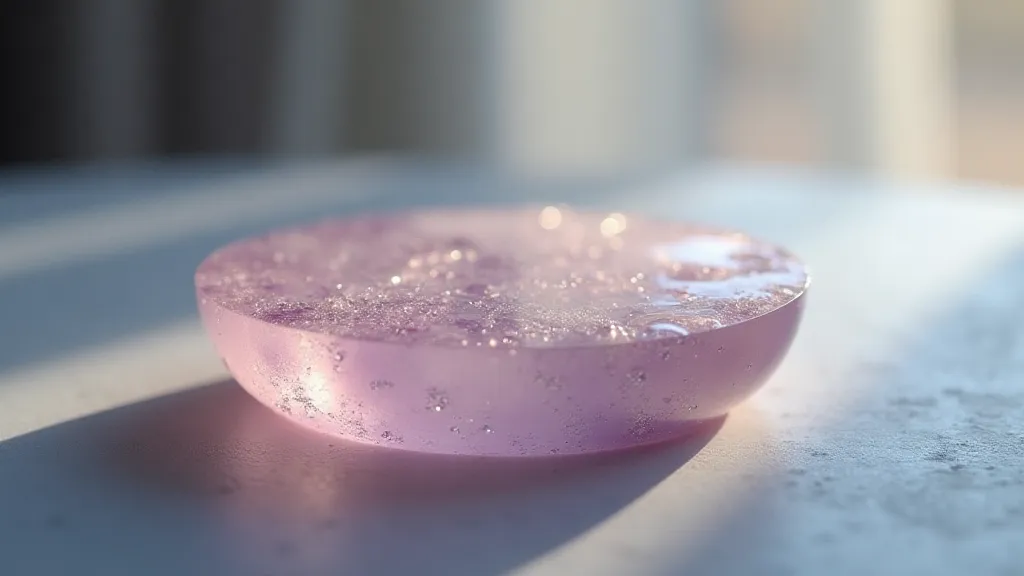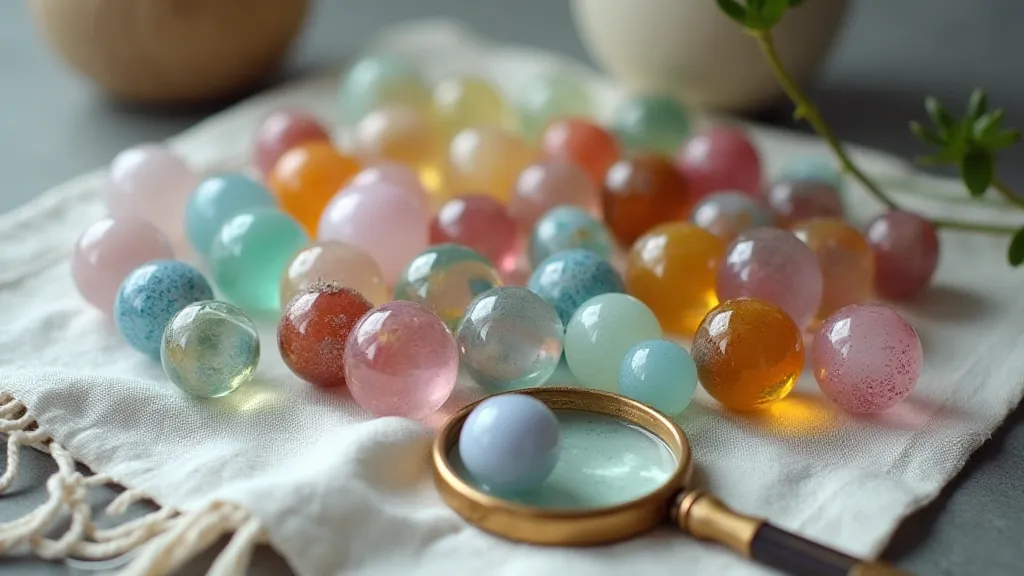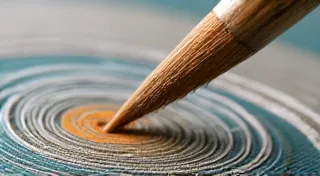The Cartographer’s Legacy: Reconstructing the Lost Factories of Onion Skin Marbles
There’s a particular vulnerability to antique marbles, a fragility that belies their enduring appeal. But among all varieties, the ‘onion skin’ marble holds a unique, almost heartbreaking quality. Named for their translucent, paper-thin outer layer, these marbles are the ghosts of a forgotten era, whispering tales of craftsmanship and loss. They represent more than just glass; they are echoes of the hands that shaped them, the furnaces that fueled them, and the communities that once revolved around their production. Piecing together the history of onion skin marbles isn't just a collector’s pursuit; it's an act of historical preservation, a cartographic endeavor charting the lost factories and the skilled artisans who created these delicate treasures.
My fascination with antique marbles began, as it often does, with a single find. It was at a dusty antique shop, tucked away amongst chipped porcelain and tarnished silver. The jar of marbles wasn’t particularly noteworthy, a jumble of common swirls and clambroths. But then I saw it - a single, pale lavender marble, unbelievably thin, almost shimmering with internal light. It was an onion skin, and it instantly captivated me.

The Allure of Thinness: A Technological Marvel
The creation of an onion skin marble was a remarkable feat of glassmaking. Imagine the skill required to achieve that razor-thin veneer while maintaining structural integrity. It wasn't a byproduct of carelessness; it was the intentional pursuit of a specific aesthetic. The process likely involved layering colored glass onto a clear core, then painstakingly thinning the outer layer through a combination of heat and mechanical manipulation. Exactly how each factory accomplished this remains a mystery, with most methods known only through conjecture and fragmented accounts.
Early glassmaking was rarely a standardized process. Each factory, often family-run operations, developed its own techniques and secrets. This explains the tremendous variety even within the category of onion skin marbles. Differences in color, size, and even the subtle imperfections in the layering reveal the unique fingerprint of each factory.
Lost Factories, Scattered Clues
The challenge, however, lies in pinpointing these factories. Unlike many other industries, glass marble production in the late 19th and early 20th centuries wasn't always well-documented. Many factories were small, rural operations, their existence barely recorded beyond local lore and faded photographs. Their locations were often lost to time, swallowed by urban sprawl or reclaimed by nature.
My own research began, as many do, with the examination of individual marbles. The presence of tiny seed bubbles or the specific shade of red could suggest a particular origin. The existence of a characteristic 'crack' pattern, often indicative of a specific annealing process, served as a beacon. Old catalogs, trade directories, and auction records provided tantalizing glimpses, but the information was often incomplete or misleading.
One of the most compelling leads came from an elderly woman in Pennsylvania, whose grandfather had worked in a small glass factory near Gettysburg. She recalled stories of ‘paper-thin’ marbles being produced there, but the factory’s name had long been forgotten. The only tangible evidence was a faded photograph of the factory building, barely recognizable beneath a layer of overgrown vegetation. It wasn’t conclusive, but it was a crucial piece of the puzzle.
Regional Hotspots: Potential Production Areas
Based on available information and collector observations, several regions have emerged as potential hotspots for onion skin marble production. Ohio, Pennsylvania, and New York, with their abundant natural resources and established glassmaking industries, were likely centers of activity. Southeastern states like Georgia and North Carolina, with their growing industrial bases, may also have been involved, though evidence is scarcer.

It’s important to note that many factories weren’t dedicated solely to marble production. They might have produced other glass goods alongside marbles, making it even more difficult to trace their marble-specific output. The fluctuating demand for marbles, driven by childhood fads and economic cycles, also contributed to the disappearance of many factories.
The Stories Within the Glass
More than just identifying factory locations, the quest to reconstruct the history of onion skin marbles is about preserving the stories of the people who made them. Imagine the generations of families whose lives were intertwined with the rhythm of the furnace, the relentless heat, and the meticulous process of shaping glass into these delicate spheres.
These weren’t glamorous jobs. Factory work in the late 19th and early 20th centuries was often harsh and dangerous. Yet, there was also a sense of pride in craftsmanship, a dedication to producing something beautiful and enduring. The onion skin marble, in its fragility and elegance, is a testament to that dedication.
My most treasured piece isn's the most valuable one in my collection. It’s a pale blue onion skin marble, slightly chipped, found near a former factory site in upstate New York. It represents a tangible link to a lost community, a whisper from the past. Holding it, I can almost hear the hum of the furnace, the clang of the tools, and the laughter of the children who played with these fragile treasures.
Collecting and Restoration: A Gentle Approach
For collectors, onion skin marbles require a particularly gentle approach. Their fragility makes them susceptible to chipping and breakage. Proper storage, away from extreme temperatures and humidity, is essential. Handling them with clean, lint-free cloths minimizes the risk of scratches.
Restoration is a complex issue. While cleaning can remove surface grime, attempting to repair chips or cracks can often do more harm than good. The goal should always be preservation, not alteration. A marble’s imperfections are part of its story, a visual record of its journey through time.

A Cartographer’s Ongoing Task
The quest to reconstruct the lost factories of onion skin marbles is an ongoing task, a collaborative effort involving collectors, historians, and local researchers. Each new find, each anecdotal account, brings us a step closer to understanding the origins of these fragile treasures. It's a cartographic endeavor, charting a landscape of forgotten industries and the enduring legacy of the artisans who shaped them. And in preserving that legacy, we not only honor the past but also enrich the present.





